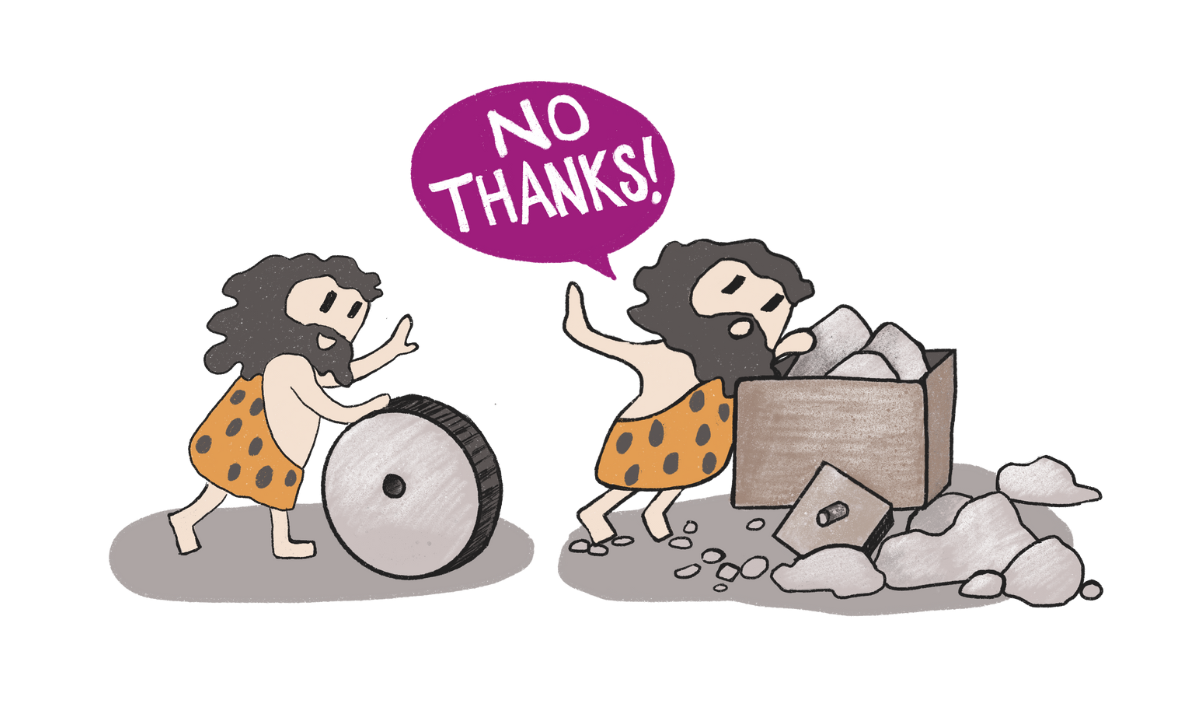Change is a fundamental part of life and business. But in our world, where artificial intelligence is reshaping industries and job roles at an unprecedented pace, the ability to adapt to change is more critical than ever. Just like the dinasours before us this is our adapt of die moment.
To most of us change is a source of anxiety. We dig our heels in to resist it at all costs. However, as leaders in business if we understand the psychology behind change and adopt a people-centric approach, we can navigate change successfully and even thrive in the face of disruption.
Why you didn’t get the results you were hoping for?
A whopping 70% of change initiatives fall short of their goals. Why is this? Often, it’s because we forget that we are dealing with people rather than numbers on a spreadsheet. Oh, and the other reason is $$. Gartner research has shown that most companies spend about 5% of the budget on change management ( including comms and training) and it should be more like 15%. So, budget aside the main issues resulting in poor results are:
Ignoring the Human Element: Change isn’t just about processes and technology; it’s about people. People who need to adapt to new ways of working, learn new skills, and potentially even redefine their roles. If this gets overlooked, resistance and disengagement are inevitable.
Underestimating Resistance: Resistance to change is natural. Instead of viewing it as a roadblock, you should see it as a valuable source of feedback and an opportunity to address concerns.
Lack of Communication and Training: Your team needs a clear understanding of why the change is necessary, what’s expected of them, and how they’ll be supported throughout the process. Without this, fear and uncertainty breed.
Neglecting Reinforcement: New behaviours and ways of working need to be reinforced over time. Without consistent reinforcement, old habits can easily creep back in.
Harnessing people power for positive change
The most successful change initiatives succeed because the focus has been people centric, building the desired outcomes collaboratively. So how do you make this a reality. It’s about two-way communication, and it’s a no brainer you should start with a communication plan.
Here is a quick checklist of things to think about when implementing change. These work for any change initiative in any organisation.
- Be Planned and Purposeful: Start with a communications plan with agreed and uniform talking points. Leadership must consistently convey the same message to avoid confusion and ensure everyone is aligned.
- Create a Compelling Vision: Explain why the change is necessary and paint a vivid picture of the benefits it will bring to both you and your team. Help your team connect with the purpose behind the change.
- Empower your Team: Involve them in the change process whenever possible. Invite input, ideas, and feedback which all aid in giving them a sense of ownership and control.
- Understand and Address Resistance: Start by acknowledging and validating your teams’ concerns. Engage in open, honest dialogue to address fears and anxieties. For this you need to listen first and speak later.
- Provide Training and Support: Offer comprehensive training to equip your team with the skills they need to thrive in the new environment. Provide ongoing support to help them navigate any challenges they encounter.
- Change Champions: Identify team members who are enthusiastic about the change who can help spread the word.
- Celebrate Small Wins: Recognise and celebrate every step forward, no matter how small. This positive reinforcement helps maintain momentum and motivation.
- Be the change you want to see: Leaders should embody the behaviours and mindsets they expect of their teams. This sends a powerful message and reinforces the importance of the change.
Reference
1. The title of this week’s Thursday thought thanks to John C Maxwell, Author of 21 Irrefutable Laws of Leadership.
A little about Spinifex
Change? We’re not scared. Chaos? We see opportunity. Pivot? We’ve perfected it. Want some advice or to chat about change in your organisation? We’d love to help.



